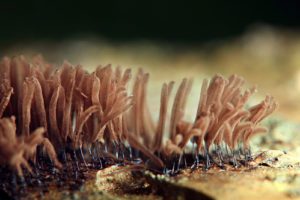Learn About Mold: What Are The Signs of a Mold Related Illness?

Learn About Mold: What Are The Signs of a Mold Related Illness?
You’ve heard all the news stories and reports about the health risk of exposure to mold. What you might be unclear about is how to recognize the signs of a mold-related illness.
Have you or a family member been experiencing any of these symptoms with seemingly no cause? It might be time to seek professional NYC mold removal for your home or business.
Physical Ailments
• Microscopic mold spores are ingested with every breath you take, so they can trigger upper respiratory allergic reactions even in people who have no history of allergies. Symptoms range from sneezing and runny nose to coughing and wheezing.
• Mold can aggravate existing respiratory problems such as asthma, while people with immune system deficiencies can develop lung infections.
• Some varieties of mold contain mycotoxins that can irritate your digestive system, resulting in nausea, diarrhea, abdominal pains and loss of appetite.
• Unexpected weight gain is a surprising side effect of mold exposure. Mycotoxins can disrupt the balance of leptin, a hormone that regulates appetite.
• If you experience that familiar tingling of your extremities “falling asleep” without obvious cause, it could be mycotoxins affecting sensory nerves.
Mental Symptoms
• Prolonged mold exposure can lead to the disturbing problem known as “brain fog,” involving cognitive difficulties such as memory loss and inability to focus.
• Depression can be caused directly by mold exposure or indirectly by perceived lack of control over your environment.
Contact Stern Mold for Professional NYC Mold Removal
Are you sick and tired of being sick and tired? Contact us today to schedule a free mold inspection by our helpful and experienced technicians.

